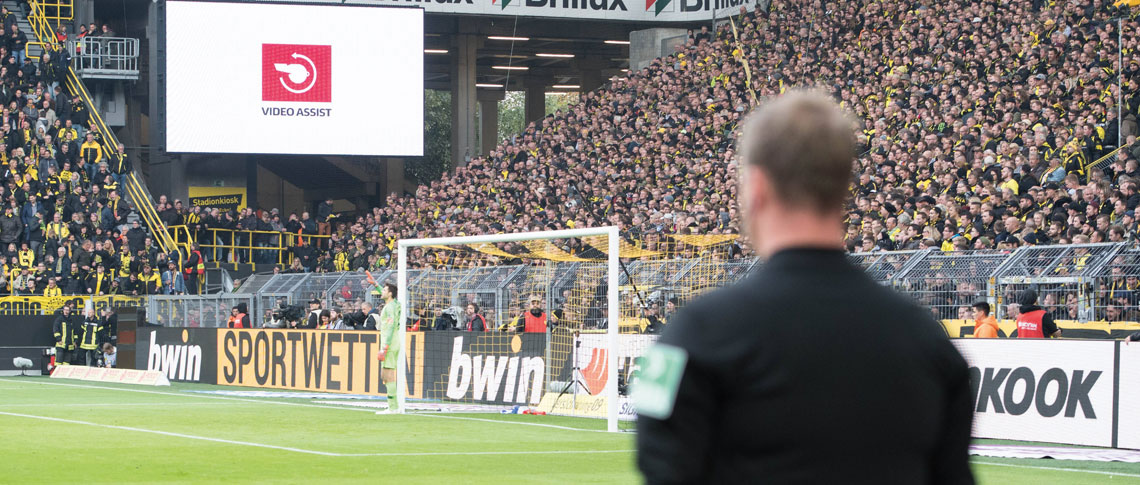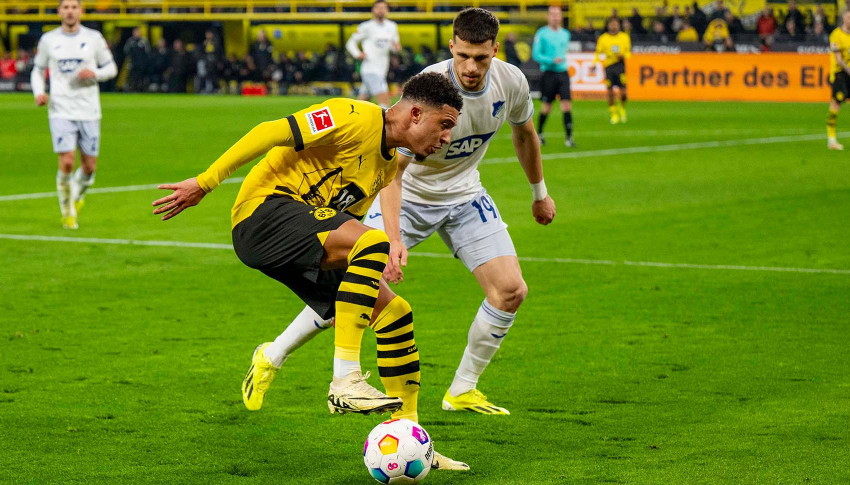11 facts on the rules of football
-
The IFAB (International Football Association Board) is an international body which advises on modifications to the official rules of football. It is also able to vote on rule modifications. It is made up of four FIFA members and one representative from each of the four unions from the United Kingdom (England, Northern Ireland, Scotland and Wales). Since its foundation, FIFA has recognised the rules of football as defined by the IFAB.
-
In order for a rule modification to be approved, six of the eight board members must vote in favour. The four FIFA representatives always vote in unison, while the four British members may vote independently.
-
They've been a curse on the game for years: tactical substitutions at the end of a match, with the player departing the field of play leisurely making his way towards the fourth official in order to waste as much time as possible. This process is set to be sped up, with the referee now able to order the departing player to leave the field of play via the part of the sideline which is most closely located to where the player is standing at the moment the substitution is announced on the board.
-
The most pressing issue for the upcoming IFAB meeting on the 2 March is likely to be the question of handball. ''We want to fine-tune our wording,'' said IFAB secretary Lukas Brud, ''but we can't create a black and white rule whereby every single instance in which the ball hits the hand or arm of a player is judged as handball. This would just lead to players intentionally playing the ball off the arms of their opponents.'' It is possible that an ''unnatural arm movement'' (such as an arm being extended over shoulder height) may be adjudged to be the decisive factor in arriving at a decision. The IFAB may also look to make unintentional handball a punishable offense in certain circumstances when a player on the attacking side is given a clear advantage, for instance as a result of an unintentional handball leading to a goal being scored or a clear goal-scoring opportunity being created.
-
As things stand, the ball may be played to a defender from a goal kick provided that they are standing outside their own box when they receive the ball. If the player in question fails to comply with this rule, the goal kick must be retaken. This rule could now be modified, with defenders being able to receive the ball within their own box. Opposing players would be allowed to enter the box only after the goal kick has been taken.
-
It is a common occurrence: attacking players look to obscure the goalkeeper's view by positioning themselves in the defensive wall when a free-kick is being lined-up, only to then slip away just as the free-kick is being taken. This will now be outlawed. Only players from the defensive side will be able to line-up in the wall.
-
There have been regular modifications to the rules in the past. Perhaps the most important one in recent history was the restriction placed on back-passes to the goalkeeper in 1992, which dictated that goalkeepers would no longer be able to pick up the ball after it had been intentionally played to them. Should this occur, an indirect free-kick would be awarded to the opposing team. Arguably the most famous instance of this rule being applied occurred on Matchday 34 of the 2000/01 season. Tomas Ujfalusi played a back-pass to Mathias Schober, who picked up the ball and granted Bayern Munich an indirect free-kick a few metres from goal. The Bavarians were able to capitalise on this opportunity and snatch the league title in the closing seconds of the season.
-
It may be unimaginable for younger fans, but until 1969 there were no red or yellow cards. They were first introduced for the 1970 World Cup in Mexico after being trialled two years previously at the Olympic games. The rule which dictates that two yellow cards leads to a red was introduced in 1991.
-
It has only been possible to make substitutions since 1967. This rule initially only applied to one injured player, but over the course of the years it has been expanded to encompass multiple players as well as players who are not injured. The current rule of three substitutions over the 90 minutes has been in place since 1995. The possibility of a fourth substitution in extra-time was introduced in the DFB Cup in 2017 and has been in place in all UEFA and FIFA competitions since 2018.
-
Several changes have been made to the offside rule over the course of the years. At first, any player who was in front of the ball at the moment it was played was judged to be offside. This was then altered to allow attacking players to receive a forward pass as long as three defensive players were placed between them and the goal at the moment the ball was played, and in 1925 the rule was again modified to arrive at its current form (two defensive players between an attacking player and the goal). In the early 20th century, additional changes were also made which dictated that players could not be offside from their own half as well as from throw-ins. The most recent modification came back in 1990 and led to players no longer being judged offside if they are ''level'' with the defender.
-
Perhaps one of the most heavily debated rule changes was the introduction of the video assistant referee (VAR). VAR has been in place in the Bundesliga since the 2017/18 season. The on-pitch referee is connected to the video assistant via a headset, with the video assistant able to have a look at contentious decisions during the match. Should the referee have made a mistake with regards to the awarding of a penalty, a goal, a red card or a case of mistaken identity, then the assistant referee may intervene. VAR was used at the 2018 World Cup, and is set to be introduced in the Champions League.





















